Here’s why, and how it’s changing.

As DNA tests for ancestry explode in popularity, a fundamental problem remains: The tests deliver more detailed results for people of European descent, as evidenced by the ethnicities and data that major DNA testing companies represent. While this bias should recede as more people take the tests and add their genetic data to the mix, the companies have some work to do before their kits can work reasonably well on a worldwide population.
In 2017, more people took DNA tests than in all the previous years combined (go. pcworld.com/mitr), according to the MIT Technology Review, and that number keeps climbing. According to the International Society of Genetic Genealogy (go.pcworld. com/isgg; ISOGG), more than 18 million people have tested their DNA to learn about their ethnic identity or to find relatives. DNA testing companies like AncestryDNA (go. pcworld.com/adna) and 23andMe (go. pcworld.com/23me) have become household names as a result, while new tests (go.pcworld.com/ldna) claiming more specialized results crop up every few years.
It’s easy to see the appeal. For $99, 23andMe and AncestryDNA simply require that you spit in a cup, send it off to a lab for testing, and then wait a matter of weeks to learn the ethnic breakdown of your genes by region. (See our comparison of these two popular kits starting on page 90.)
THE DATA PROBLEM
The risk for racial bias starts with the data used by DNA tests. AncestryDNA, for instance, bases its ethnicity estimate on a reference panel (go.pcworld.com/rfpn) sourced from the DNA of 16,638 people representing 43 different populations. The people in the reference panel are screened to ensure they represent a certain ethnicity strongly— “people with a long family history in one place or within one group,” the company explains. The screening involves controls, such as removing close relatives, to avoid skewing the ethnicity profile.
Denne historien er fra January 2019-utgaven av PCWorld.
Start din 7-dagers gratis prøveperiode på Magzter GOLD for å få tilgang til tusenvis av utvalgte premiumhistorier og 9000+ magasiner og aviser.
Allerede abonnent ? Logg på
Denne historien er fra January 2019-utgaven av PCWorld.
Start din 7-dagers gratis prøveperiode på Magzter GOLD for å få tilgang til tusenvis av utvalgte premiumhistorier og 9000+ magasiner og aviser.
Allerede abonnent? Logg på
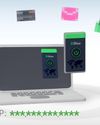
Private Internet Access: A low-price, high-value VPN for everyone
This veteran VPN shows it can still hang with the best.
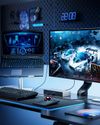
Hands-on: Kensington's first Thunderbolt 5 dock is built for the future
Thunderbolt 5 is here...but you'll need more than just this well-built Kensington dock to take advantage of it.
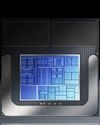
Tested: Intel's Lunar Lake chip wants you to forget Qualcomm laptops exist
Great battery life, mediocre performance, surprisingly decent gaming: That is how Intel's Lunar Lake chip stacks up.

7 laptop habits that coax the most out of your battery
Don't send your laptop into an early grave.

WordPad is gone from Windows 11. Here's how to bring it back
With the arrival of Windows 11 version 24H2, WordPad is officially gone. Want to keep using it? You're in luck.
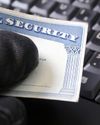
Hackers know your social security number. Here's how to stay safe
Thanks to a multitude of data leaks, your most sensitive information is now easily accessible to the world.

20 insanely useful Windows 11 keyboard shortcuts I use every day
After so many years, I'm still discovering new keyboard shortcuts.
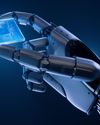
WHAT THE HECK IS AN NPU, ANYWAY? HERE'S AN EXPLAINER ON AI CHIPS
ALL PCS WILL SOON HAVE NEURAL PROCESSING UNITS. HERE'S WHAT THAT MEANS FOR YOU IN SIMPLE TERMS.

WINDOWS 11'S 2024 UPDAATE: 5 BIG CHANGES I REALLY LIKE (AND MORE)
WINDOWS 11'S ANNUAL UPDATE IS ROLLING OUT OVER THE NEXT FEW WEEKS.
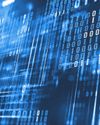
Hackers are using AI-generated code for malware attacks
Two separate attacks have been spotted using code that was probably written by artificial intelligence.